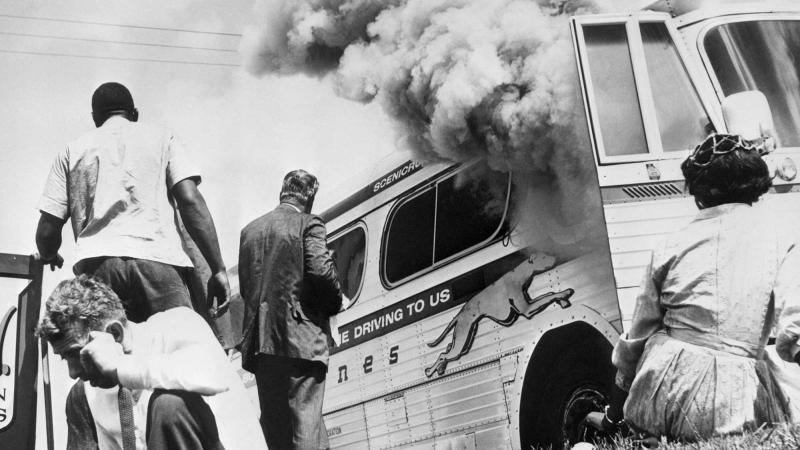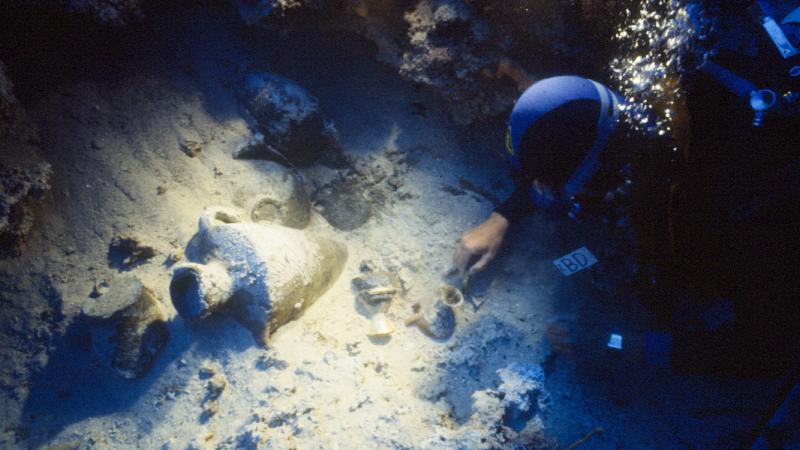Watching a major event unfold across the country is one of the joys of doing newspaper research. Each newspaper offers its own take, driven by the sensibilities of its editor and readership.
On February 24, 1868, the extra edition of the Washington Evening Star announced, “Impeach! That Writ of Quo Warranto!” The following day, the U.S. Senate voted to impeach President Andrew Johnson. Hours later, the New-York Tribune warned, “The National Crisis: The President Impeached.” But the same news played rather differently down South. In Charleston, former hotbed of the Confederacy, the Daily News updated its readers under the title “Progress of the Revolution.” The Nashville Union and Dispatch was similarly upbeat as it reported from the capital: “Washington. Warlike Rumors. Intense Excitement.”
“The best barometers of public opinion and political dynamics before the modern era were newspapers,” says James M. McPherson, a Pulitzer Prize-winning historian and NEH Jefferson Lecturer. “As a historian of the antislavery movement, the Civil War, and Reconstruction, I found the newspapers of the era some of the most valuable sources for an understanding of the forces that undergirded social and political change.”
Aside from documenting national events, historians have long known that newspapers hold a treasure trove of information about how people lived: ads for the latest products, train schedules, job listings, sports scores, notices for local events, recipes, and advice for the brokenhearted. They are also a boon for genealogists looking to reconstruct family milestones.
But not all newspapers are made alike. Those printed before the mid 1800s generally appeared on paper made of cotton or linen rag fiber, making it easier for them to withstand the vagaries of time. The newspapers that followed were printed on less durable paper made from ground wood fibers. The newsprint was also often treated with chemicals to make them whiter and stop ink from soaking through. Ironically, the technological advances that made newspapers cheap and plentiful for an increasingly literate public sped their deterioration in the archives. As pages crumbled, a valuable source of America’s history disappeared.
In 1982, NEH and the Library of Congress teamed up to start the United States Newspaper Program. Over the next three decades, newspapers from all 50 states, the District of Columbia, Puerto Rico, and the U.S. Virgin Islands were microfilmed, preserving the information they contained. To amass the collection of 140,000 titles that date as far back as 1690, project staff hunted down newspapers held by public libraries, archives, county courthouses, and historical societies. Seventy-five million pages had been microfilmed by the time the project finished in 2011.
While microfilm helped save decaying newsprint, using it still meant hours in front of a microfilm machine down at your local archive or library, spinning reels in the hope of stumbling across the right snippet of information. If you were in Colorado and wanted to look at a newspaper from Vermont, you also had to endure weeks of waiting for the title to arrive by interlibrary loan.
The advent of the Internet presented new possibilities for access. What if a user could sit at their own desk and search the newspapers in an online archive? In 2004, NEH and the Library of Congress reteamed to create the National Digital Newspaper Program. NEH has provided $28,694,234 in grants to help convert microfilm into digital images. Optical character recognition software is applied to make the words on the page searchable. The resulting archive, Chronicling America, contains 8 million pages of newspapers from 39 states and territories published between 1836 and 1922. Best of all: it’s free to use.
Written by Meredith Hindley, senior writer for Humanities.


